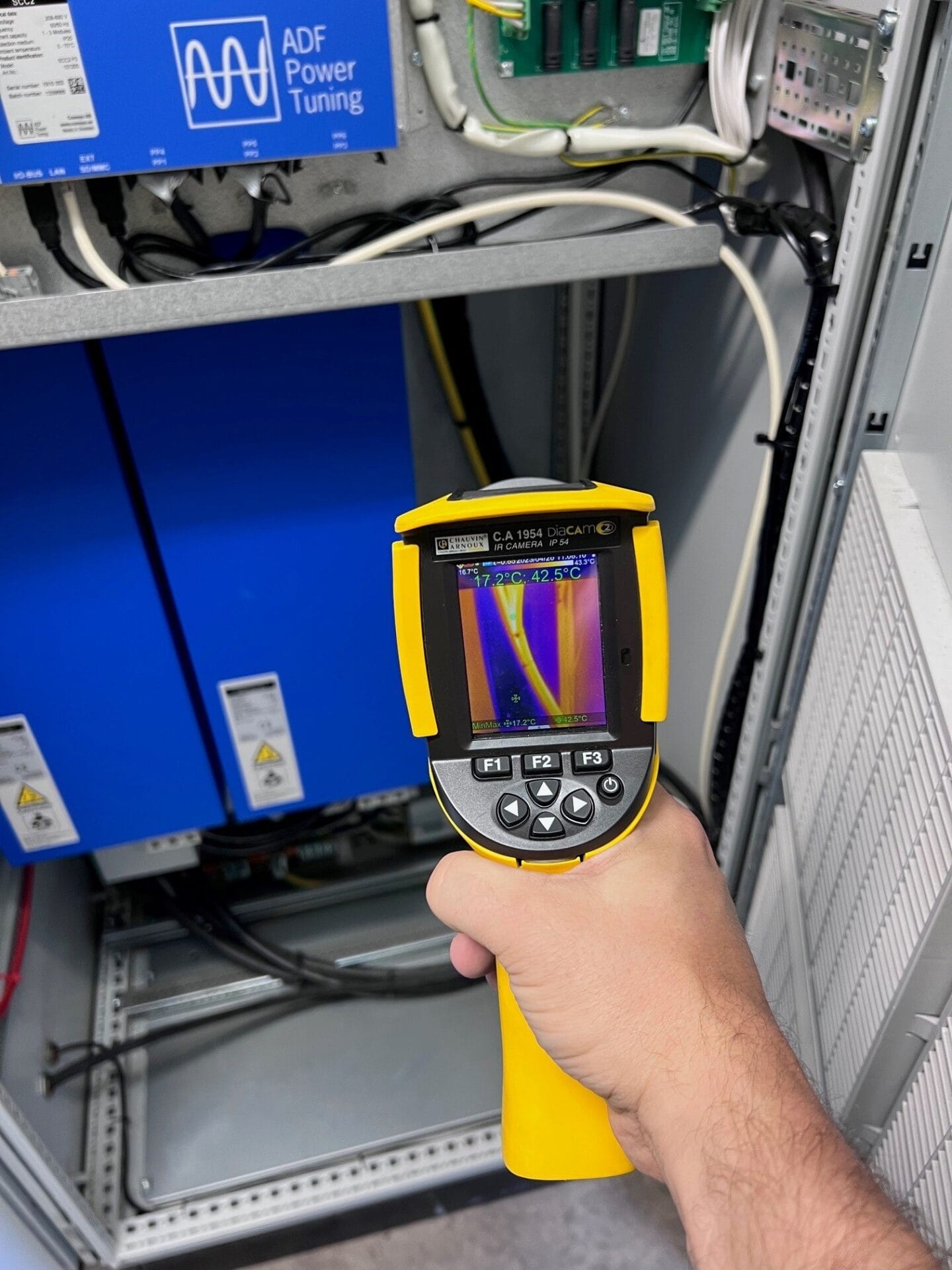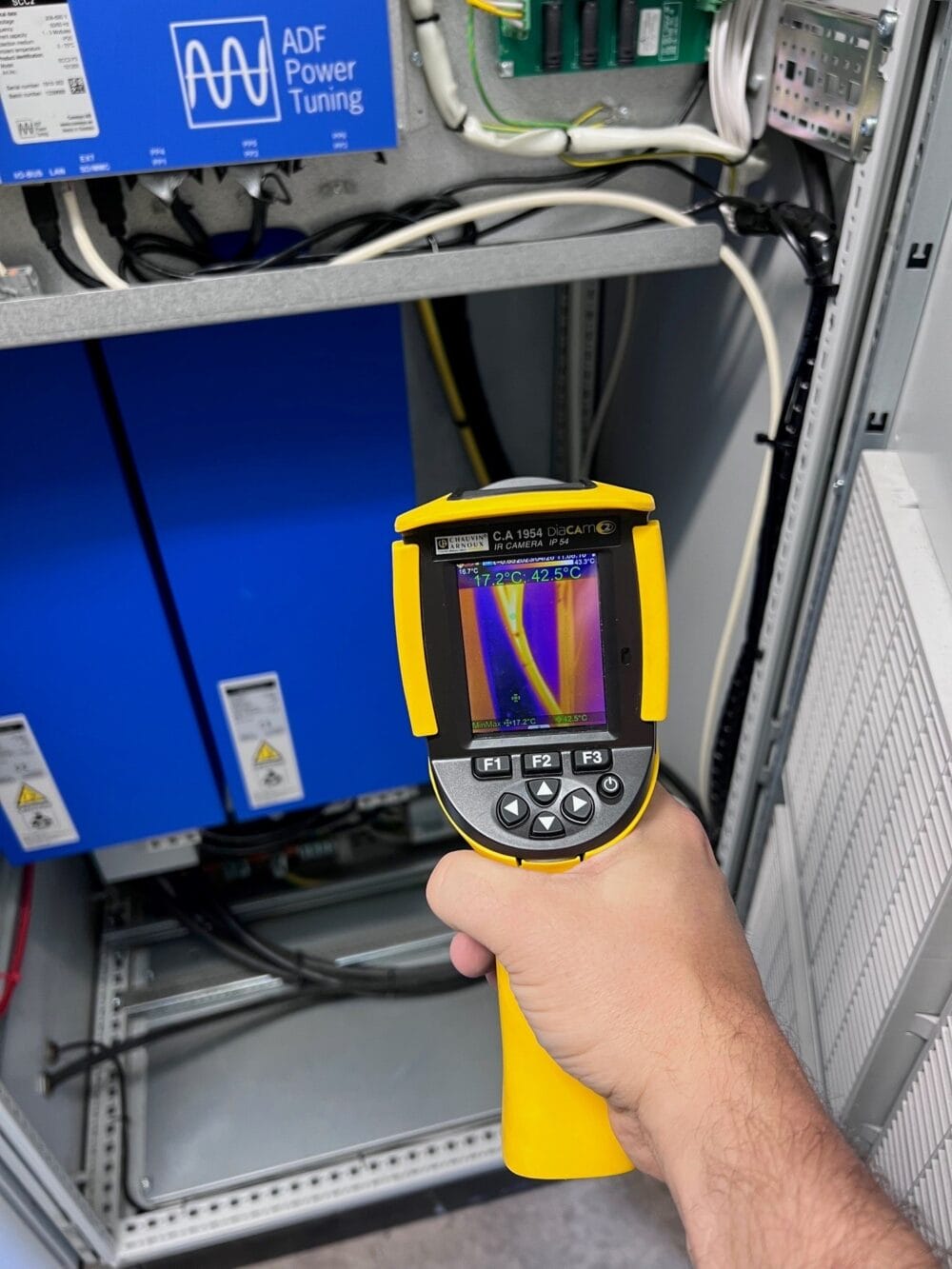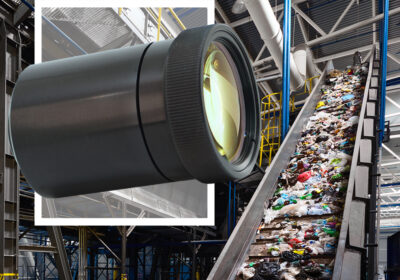~ What to consider when choosing a power quality meter ~
The Engineering Recommendation G5/5 has extended the values for planning and compatibility levels to the 100th order (5 kHZ), but most power quality measurement and mitigation devices are yet to catch up. Because most metering devices still work to the old standard of 2.5 kHz (50th order), these cannot provide a complete picture of the spectrum — leaving engineers in the dark. So, how can operators ensure they choose the right meter? John Mitchell, global sales & marketing director at CP Automation, explores.
Anomalies such as sags, swells and harmonics are an ongoing threat in electrical circuits — and a common cause of equipment downtime. Power quality meters strategically sample the AC voltage at different points and track slowly changing variations in the electrical waveform. Using this information, operators can root out any issues before they cause lasting damage.
When it comes to electrical matters, the need for rapid detection is clear: transients can appear, cause damage, and disappear in a few millionths of a second. Similarly, a voltage spike typically lasts one to 30 microseconds and can reach over 1,000 volts.
Therefore, acting quickly to install a measurement device is critical, but so is choosing a meter that tells you what you need to know.
What can it measure?
Usually, the dashboard warning lights in your car will tell you if your oil pressure has dropped, if the fuel level is low, or if there’s an issue with your steering lock. However, they won’t tell you if your cambelt is worn, and you might not find out something’s wrong until it’s too late. The point is that you don’t know what you don’t know — and the new Engineering Recommendation has opened a blind spot by extending the values for measurement.
Visibility of issues across the frequency spectrum is critical, so try to select a power quality meter that captures as many parameters as possible. Usually, low-level power and energy meters will measure things like voltage, current, and maybe power factor but not much else. Even if you purchase a slightly more expensive meter that provides basic harmonic data and frequency values, it’s unlikely that this will measure beyond the 50th harmonic, leaving operators back at square one.
Class A meters and analysers can facilitate more advanced troubleshooting of complex electrical systems, and many will measure up to the 100th harmonic. These are the gold standard of power quality meters, and operators will need their accuracy to inform discussions with the distribution network operator (DNO).

Fixed or portable?
There’s also the matter of duration and how long operators plan to monitor the system. If a circuit board randomly fails or alarms trip, installing portable meters can help engineers perform spot checks by gaining insights at different locations. For example, these meters could detect any changes in low-voltage, medium-power systems, such as spikes in energy consumption. With G5-5 now in place, blind spots in the frequency spectrum are an issue for portable meters because most will only measure up to the 50th harmonic.
Some fixed meters and analysers, like the PQube3 and Janitza’s UMG range, can not only measure beyond this point but also facilitate root-cause analysis by mapping long-term trends. Operators can strategically install fixed meters at different locations and record data over several weeks, or even months. For example, with multiple fixed meters in place, a power quality engineer can pinpoint a time when harmonics were detected in the system, and when this caused a spike in energy consumption.
The latest Engineering Recommendations present a challenge for equipment operators because the goalposts for power quality measurement have shifted. However, this also grants an opportunity to improve uptime by detecting a wider range of issues early on.
To help you choose the right power quality measurement and mitigation solution for your application, visit the CP Automation website.








